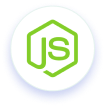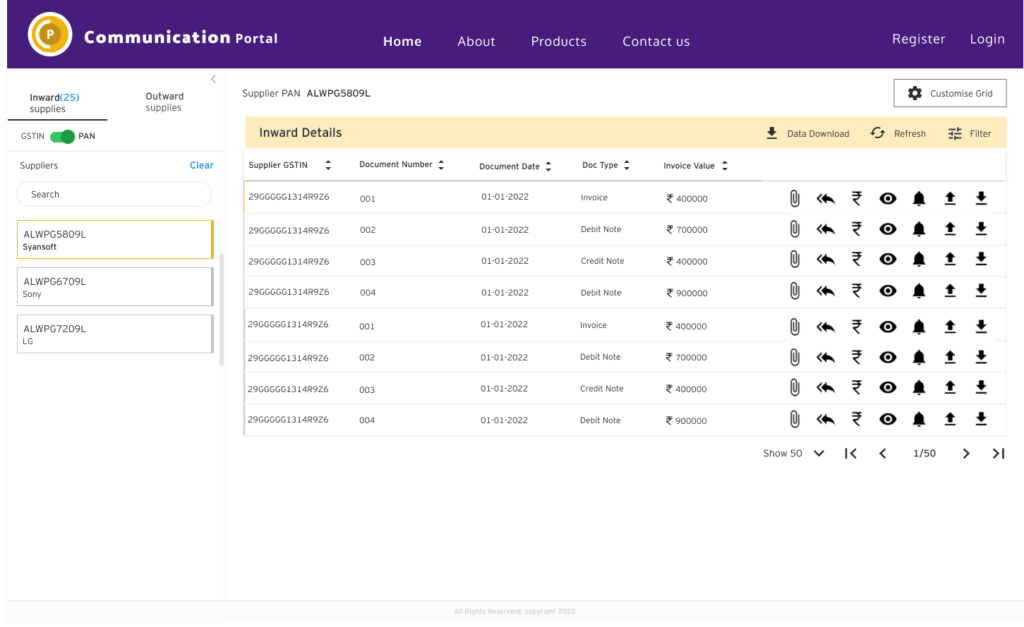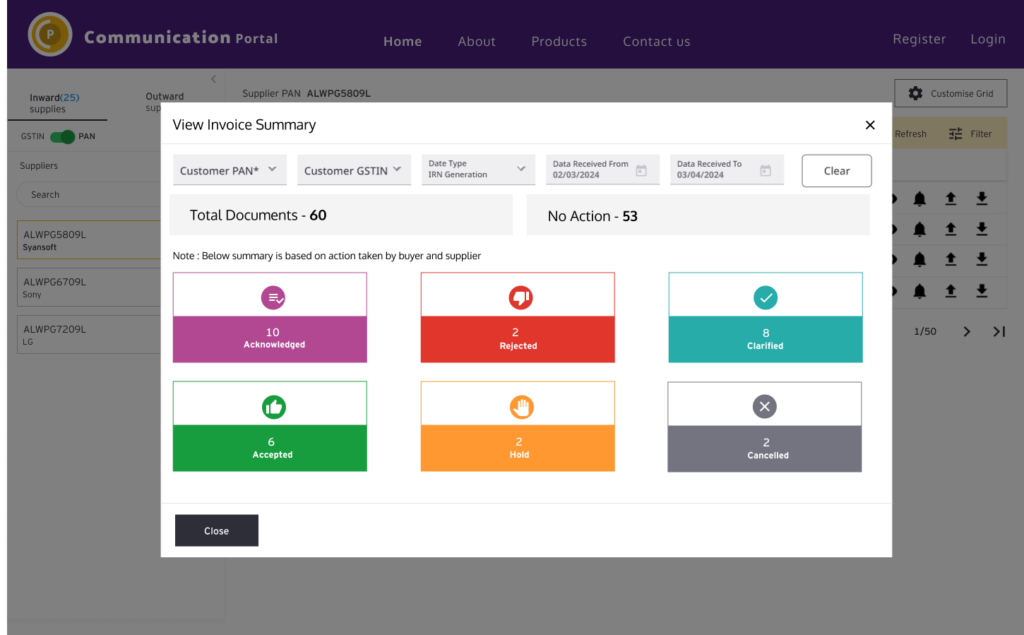Invoice Communication Portal Development for EY






Client Requirement
Ernst & Young (EY) is one of the largest professional services firms globally, providing assurance, tax, consulting, and advisory services to clients across various industries. With a vast network of clients, vendors, and stakeholders, EY identified the need for a robust and efficient invoice communication portal to streamline invoice processing and improve collaboration with its suppliers.
Objectives
Centralized Invoice Management
Develop a centralized platform for managing invoices from various vendors and suppliers. This includes standardizing the invoice submission process and facilitating seamless communication between EY and its suppliers.
Automation of Invoice Processing
Implement automated workflows and approval processes to expedite invoice processing and reduce manual intervention. This involves integrating the portal with EY’s internal systems for invoice validation, approval, and payment.
Enhanced Vendor Collaboration
Improve collaboration and communication with vendors by providing them with real-time visibility into the status of their invoices. This includes enabling vendors to track the progress of their invoices, receive notifications on payment status, and resolve any discrepancies promptly.
Compliance and Governance
Ensure compliance with regulatory requirements and internal policies governing invoice processing and payment. Develop features to enforce data security, audit trails, and approval controls to mitigate risks and maintain transparency.
Scalability and Performance
Design the portal to handle a large volume of invoices and scale seamlessly to accommodate future growth. Ensure optimal performance, reliability, and uptime to support EY’s business operations without interruption.
Implementation
Requirement Analysis
The project kicked off with a thorough analysis of EY’s invoicing processes, including current pain points, bottlenecks, and desired features. This involved consultations with stakeholders from various departments to gather requirements and understand key priorities.
Design and Prototyping
Based on the requirements gathered, a user-centric design approach was adopted to create wireframes and prototypes of the invoice communication portal. Feedback sessions were conducted with stakeholders to refine the design and ensure alignment with expectations.
Technology Selection
After careful consideration of EY’s existing infrastructure and future scalability requirements, appropriate technologies were selected for development. This included choosing a robust backend framework, database management system, and frontend technologies to ensure optimal performance and user experience.
Development Iterations
The development process followed an iterative approach, with regular feedback loops and milestone reviews to track progress and address any issues or changes in requirements. Agile methodologies were employed to promote collaboration and adaptability throughout the development lifecycle.
Integration
Seamless integration with EY’s existing systems, including ERP (Enterprise Resource Planning) and accounting software, was prioritized to ensure data consistency and eliminate silos. APIs (Application Programming Interfaces) were developed to facilitate data exchange and synchronization between the invoice communication portal and other systems.
Testing and Quality Assurance
Rigorous testing procedures were implemented to ensure the reliability, security, and performance of the invoice communication portal. This included functional testing, usability testing, security testing, and performance testing to identify and rectify any defects or vulnerabilities.
Deployment and Training
Upon successful testing and validation, the invoice communication portal was deployed to production environments. Comprehensive training sessions were conducted for EY employees and vendors to familiarize them with the portal’s features and functionalities.
Support and Maintenance
Post-deployment, ongoing support and maintenance services were provided to address any issues, implement updates, and incorporate new features or enhancements as needed. Regular monitoring and performance optimization were conducted to ensure optimal system performance.
Solution
EY collaborated with a SyanSoft team to design and implement a custom invoice communication portal tailored to its specific requirements. The solution leveraged modern technologies and best practices to address EY’s objectives effectively.
Centralized Invoice Management
The portal provided a centralized platform for vendors to submit invoices electronically. It standardized the invoice submission process, allowing vendors to upload invoices in various formats and attach supporting documents as needed.
Automation of Invoice Processing
Automated workflows were implemented to streamline invoice processing, routing invoices to the appropriate stakeholders for approval based on predefined rules and criteria. Integration with EY’s internal systems enabled real-time validation of invoices against purchase orders, contracts, and budget allocations.
Enhanced Vendor Collaboration
Vendors were granted access to a secure portal where they could track the status of their invoices in real-time. Automated notifications were sent to vendors at each stage of the invoice lifecycle, providing transparency and facilitating proactive communication.
Compliance and Governance
The portal was designed with robust security features to protect sensitive invoice data and prevent unauthorized access. Audit trails were maintained to track all activities related to invoice processing, ensuring compliance with regulatory requirements and internal policies.
Scalability and Performance
The portal was architected for scalability, with a scalable infrastructure and optimized performance to handle a large volume of invoices. Load testing and performance tuning were conducted to ensure optimal performance under peak loads.
Results
Efficiency Gains
The invoice communication portal streamlined the invoice processing cycle, reducing manual effort and accelerating invoice approval times. This resulted in increased efficiency and productivity across EY’s accounts payable department.
Improved Vendor Satisfaction
Vendors benefited from the portal’s transparency and visibility into the status of their invoices. Prompt notifications and real-time updates enhanced communication and collaboration with vendors, leading to higher satisfaction levels.
Cost Savings
Automation of invoice processing reduced the need for manual intervention, minimizing errors and delays in processing. This resulted in cost savings for EY by optimizing resource allocation and reducing operational overhead.
Enhanced Compliance
The portal ensured compliance with regulatory requirements and internal policies governing invoice processing and payment. Audit trails and approval controls provided transparency and accountability, mitigating risks and maintaining governance standards.
Scalability and Reliability
The portal’s scalable architecture and robust performance ensured reliable operation under varying workloads. It could accommodate an increasing volume of invoices and scale seamlessly to support EY’s growing business needs.


Conclusion
In conclusion, the development of the invoice communication portal enabled EY to streamline invoice processing, enhance vendor collaboration, and ensure compliance with regulatory requirements. By leveraging automation and technology, EY achieved efficiency gains, cost savings, and improved operational effectiveness, ultimately driving greater value for its business and stakeholders.